Pack Weight: 50g .
Price : 18 $ USD
Components :
Cinnamomum aromaticum / bark
Inula helenium /Rhizomes
Verbena officinalis / plants
Artemisia absinthium / plants
Capsella bursa-pastoris / aerial parts
TEA 40 :
Infusion based on natural medicinal plants with no side effects
Indications :
- Menstrual pain
- Pelvic pain
- Menstrual disorders (period, duration, frequency)
- Mood disorders
Enhanced Effect:
The effect of Tea 40 is more beneficial if taken additionally in the case of:
- Fatigue or asthenia, infusion 8
- Sleep disorders, infusion 24
- Stress or anxiety, infusion 25
Menstrual Cycle in Women:
The first day of the cycle corresponds to the first day of menstruation, which lasts from 3 to 7 days. The cycle is typically between 23 and 35 days. We distinguish:
- Follicular phase: This precedes ovulation. The follicle-stimulating hormone (FSH) produced by the pituitary gland stimulates the development of several follicles and the secretion of the hormone estrogen.
Several follicles develop (each containing an egg). One follicle becomes dominant, and the egg matures inside it. The uterine lining thickens due to the blood and nutrients supplied; high estrogen levels are associated with fertile cervical mucus.
- Ovulation: The increase in estrogen levels triggers a sudden surge in luteinizing hormone (LH), the LH peak leads to the rupture of the dominant follicle, transforming it into the corpus luteum and releasing the mature egg. The egg enters the Fallopian tubes and moves towards the uterus, where it lives for 24 hours.
Sperm can live for 3 to 5 days (fertile period).
Progesterone produced by the follicle strengthens the uterine lining to receive a fertilized egg. The empty follicle begins to degenerate and produces both progesterone and estrogen, which, if pregnancy does not occur, causes symptoms of premenstrual syndrome (PMS), such as breast pain, bloating, mild depression, and irritability.
- Menstruation:
The levels of estrogen and progesterone decrease, the uterine lining sheds and the body eliminates it; this marks the start of the next cycle.
If the egg is fertilized, it sends signals to the ovaries to maintain hormone secretion. Under the effect of pregnancy hormone (hCG), estrogen and progesterone are produced until the placenta matures and can support the embryo’s development.
Dysmenorrhea:
Lower abdominal pain that precedes or accompanies menstruation affects 50 to 80% of women of reproductive age, typically at the end of adolescence or in the years leading up to menopause. The pain may disappear after a first pregnancy, but if it persists, it may indicate endometriosis, with intermenstrual bleeding occurring.
The pain is related to uterine contractions, an overproduction of prostaglandin F2a, which also affects other muscles (nausea, vomiting, headaches). A high level of vasopressin makes uterine contractions painful.
Prostaglandin F2a is produced by the uterus after stimulation by oxytocin. In the absence of implantation during the follicular phase, it acts on the corpus luteum to cause luteolysis and stop progesterone production.
Recommendations:
Dietary recommendations to reduce prostaglandin levels:
- Reduce refined sugar consumption
- Take supplements such as vitamins B1, B6, E, and omega-3, which may have anti-inflammatory effects (flax, walnuts, soy)
- Avoid refined cereals (white bread, white rice, potatoes)
- Consume: Pomegranate, pineapple, tomatoes, garlic, onions, and green tea, all of which have antimicrobial and antitumor properties.


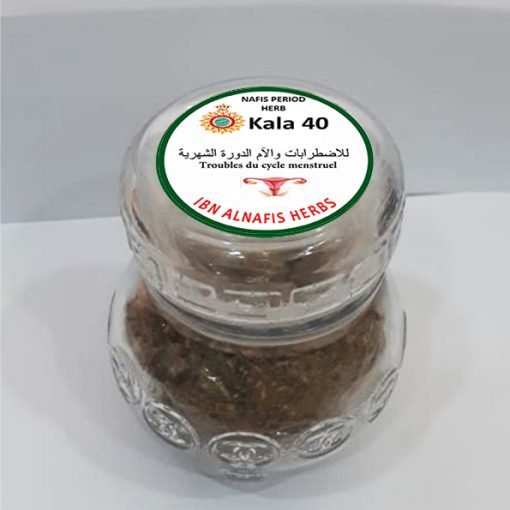
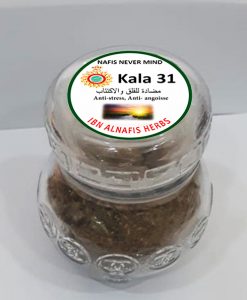
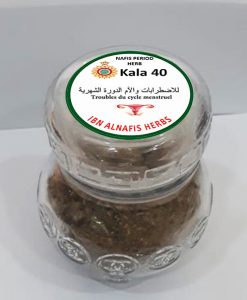

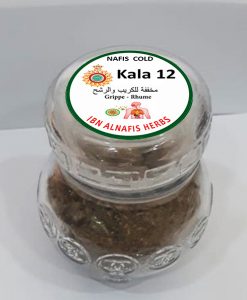
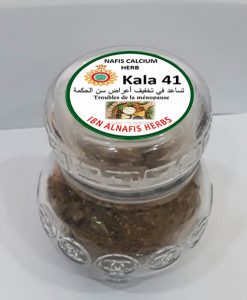
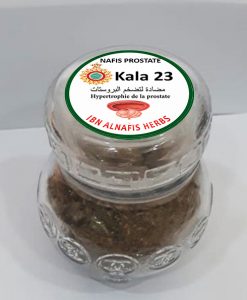

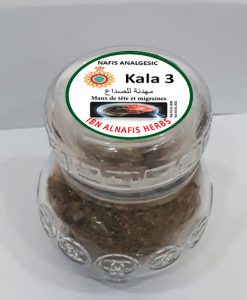
Reviews
There are no reviews yet.